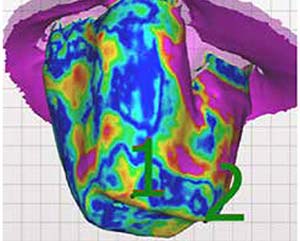Articles
Vol. 13 No. s4 (2021): Special Issue on Digital Dentistry - Supplement to 2021 Vol. 13 No. 4
Comparison of internal fit of lithium disilicate crowns fabricated with CAD/CAM technology using two different intraoral scanners

Publisher's note
All claims expressed in this article are solely those of the authors and do not necessarily represent those of their affiliated organizations, or those of the publisher, the editors and the reviewers. Any product that may be evaluated in this article or claim that may be made by its manufacturer is not guaranteed or endorsed by the publisher.
All claims expressed in this article are solely those of the authors and do not necessarily represent those of their affiliated organizations, or those of the publisher, the editors and the reviewers. Any product that may be evaluated in this article or claim that may be made by its manufacturer is not guaranteed or endorsed by the publisher.
Published: 14 February 2022
919
Views
308
Downloads












